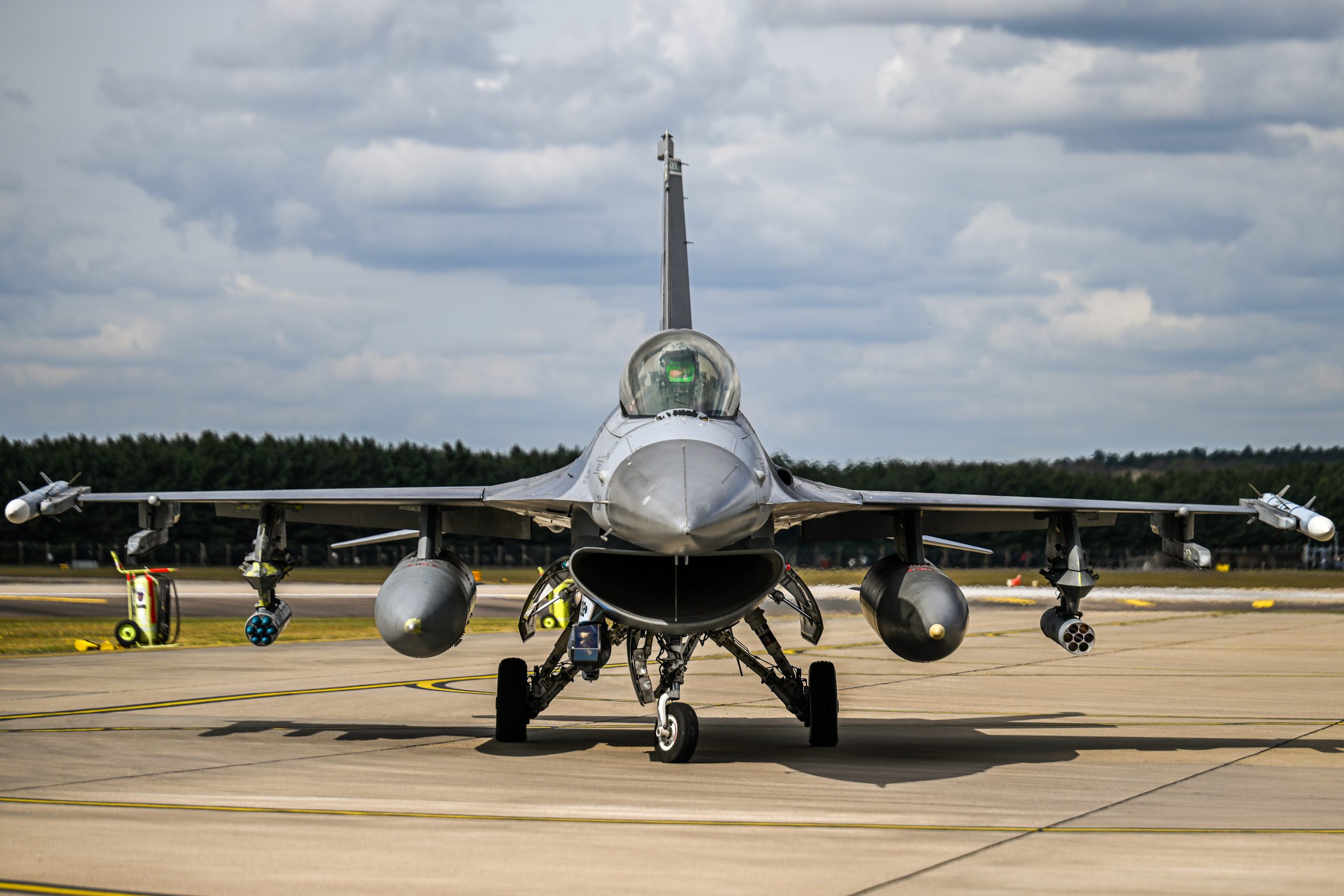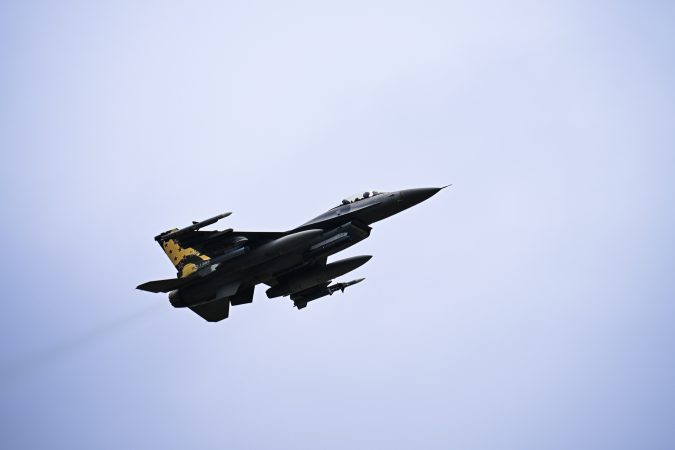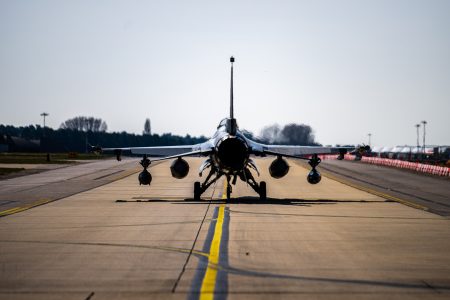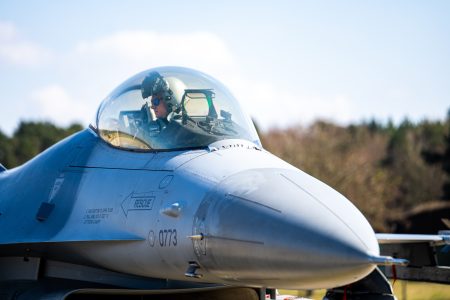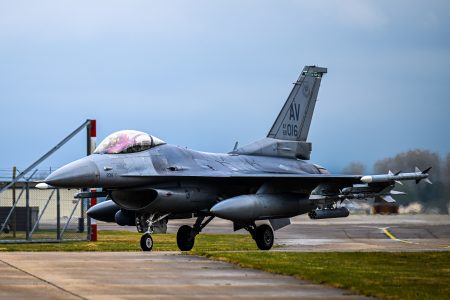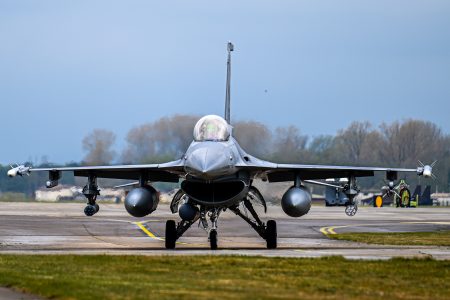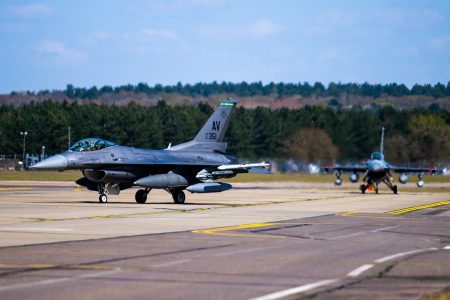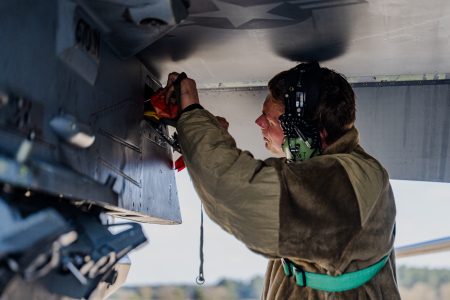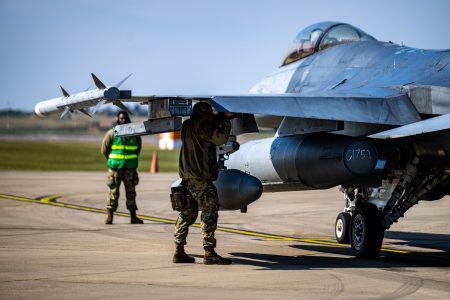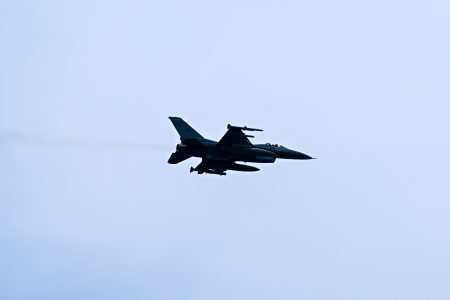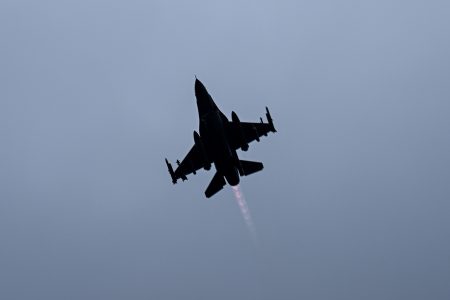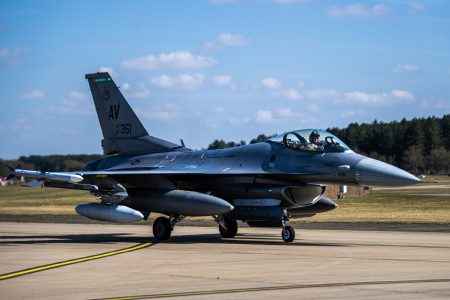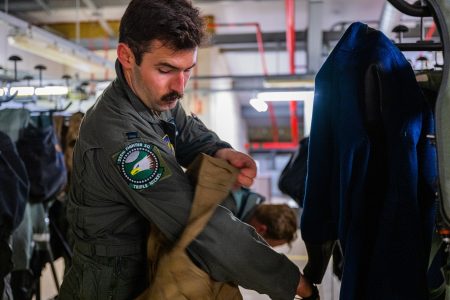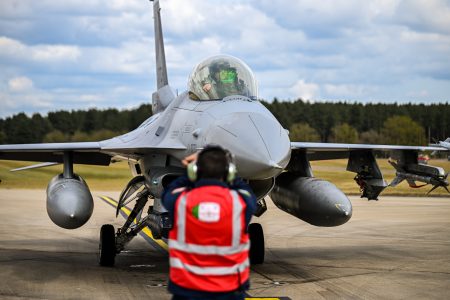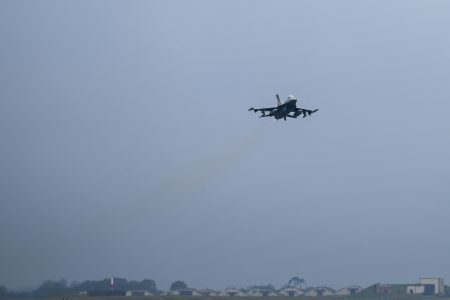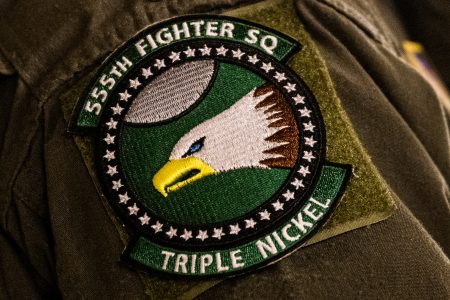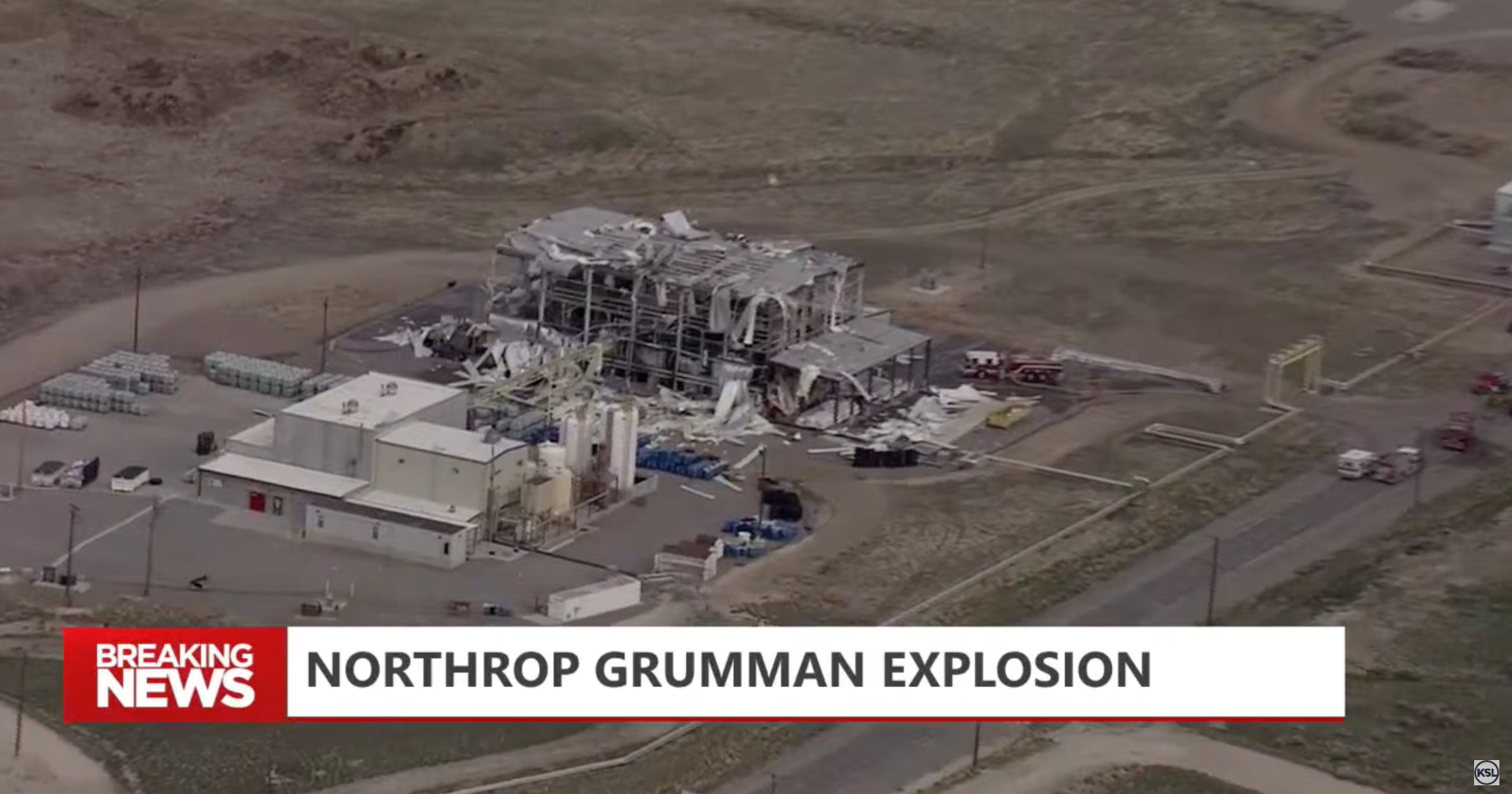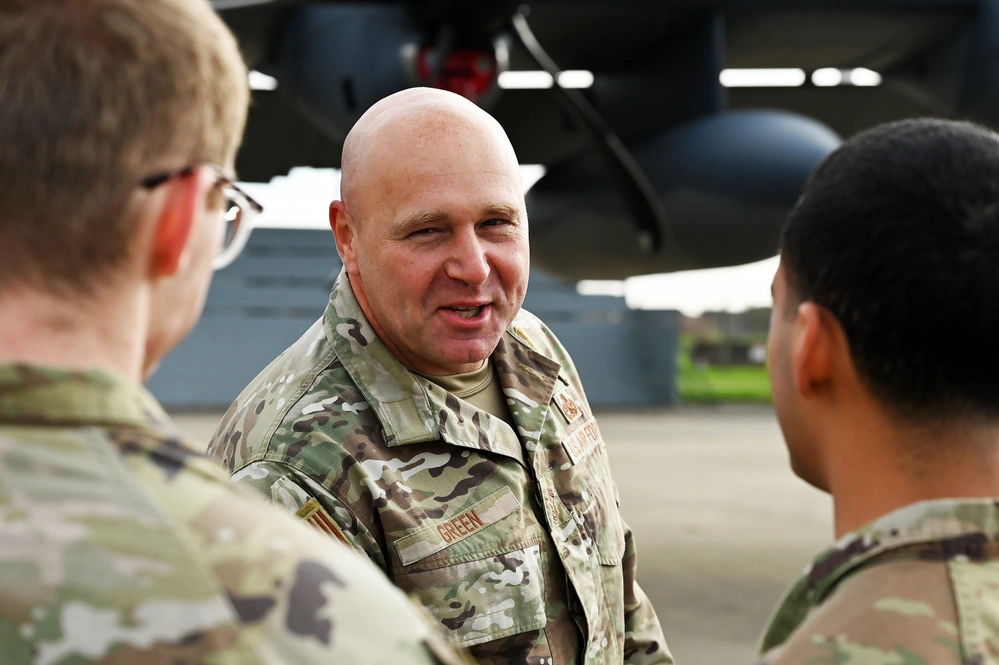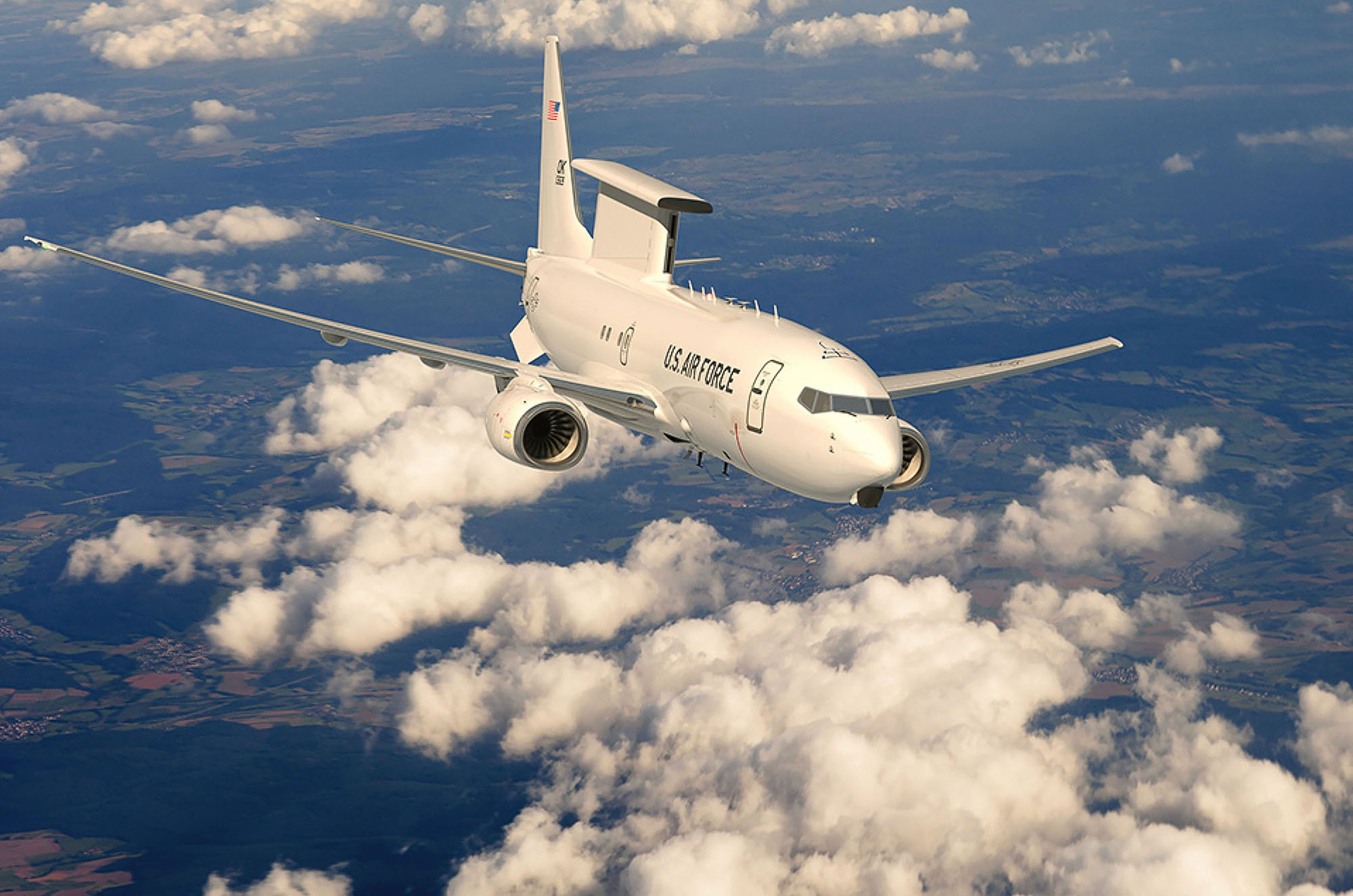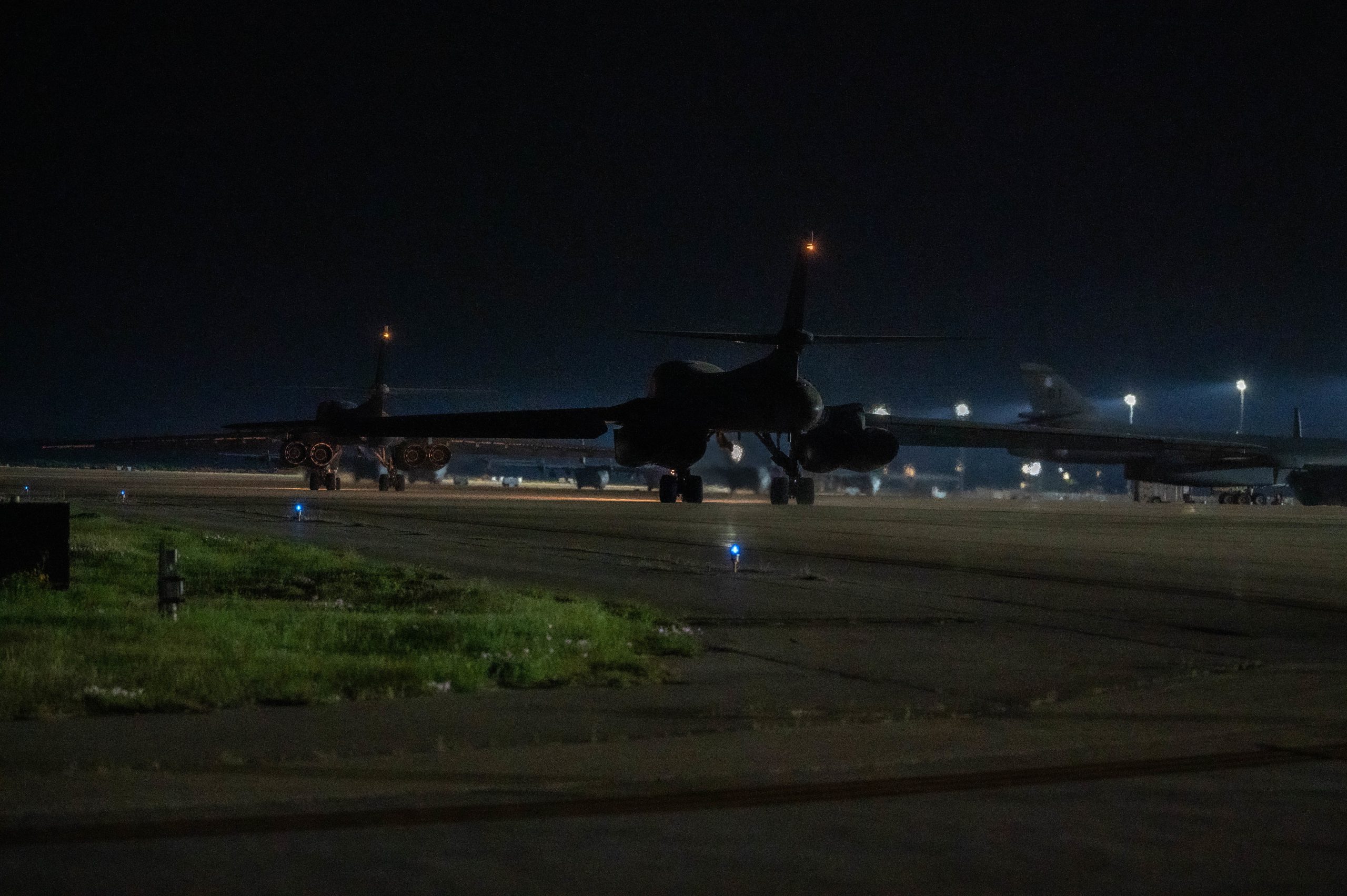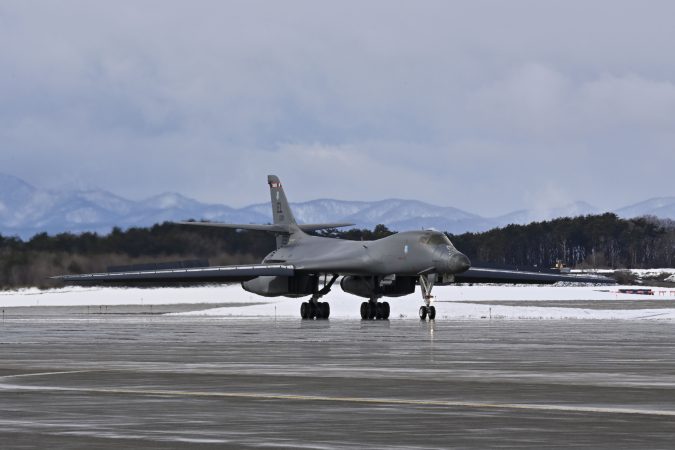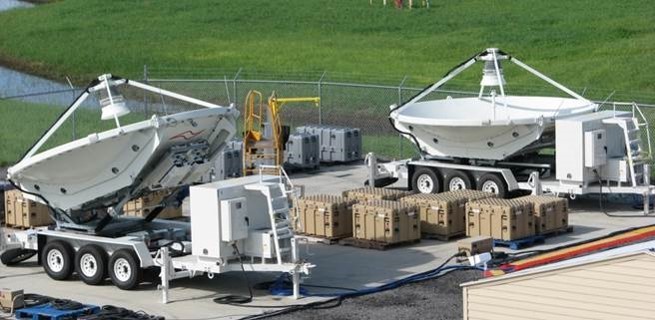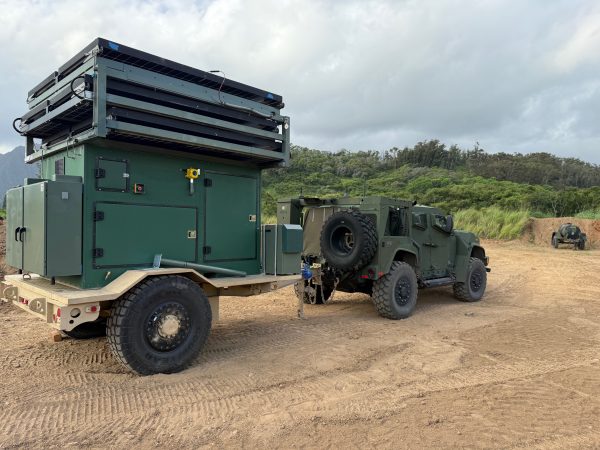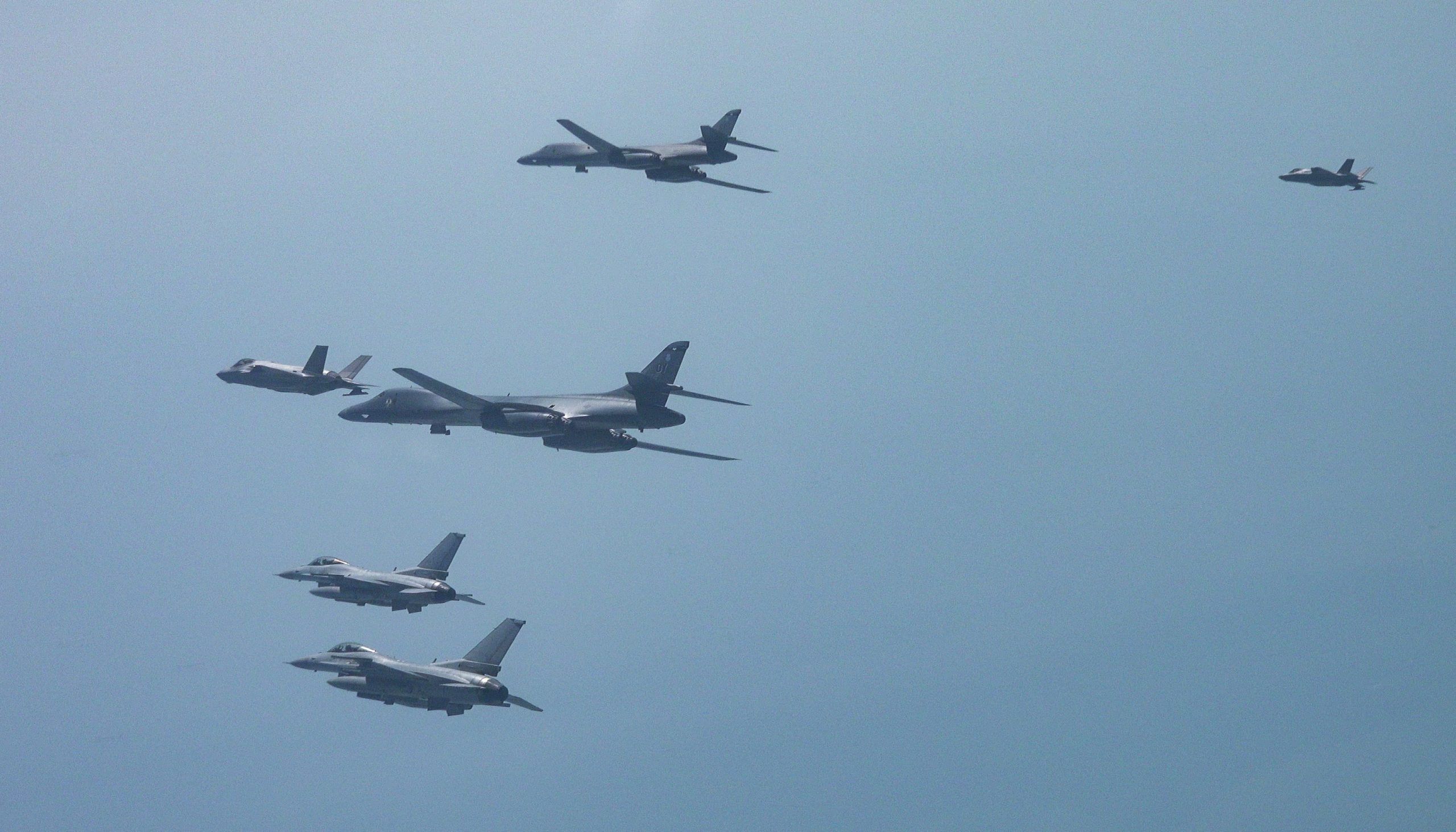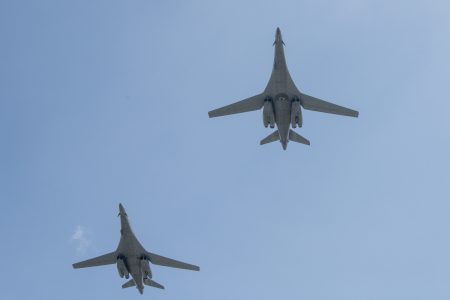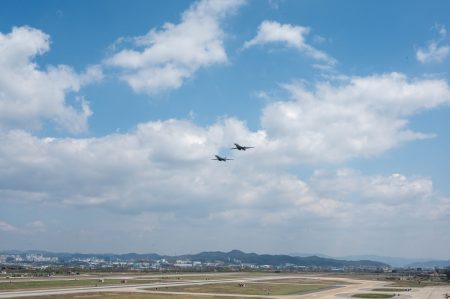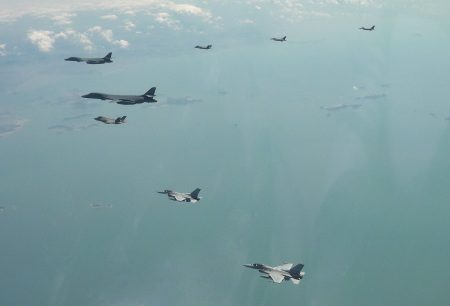The building destroyed by an explosion at Northrop Grumman’s Promontory, Utah, solid rocket motor complex on April 16 wasn’t directly supporting the LGM-35A Sentinel strategic missile effort, and the accident won’t delay that program or others, a company spokesperson said.
“The incident at our Utah facility on April 16 will not affect our progress on any Northrop Grumman programs,” a company spokesperson said. “Specifically, nothing produced in the building supports the Sentinel program.”
The Air Force had no comment and referred all queries about the accident to Northrop.
The company declined to say what specific activities were conducted in the building, which was largely destroyed by an explosion at about 7:35 am local time, although industry sources said the building was used in part to store materials used to make solid rocket motors.
Company officials said there were “no major injuries” to personnel near the building. The building’s sides were blown out by the explosion, leaving only framing and what appears to be interior large-diameter piping and ductwork. A fire inside was put out by first responders.
An industry source said the accident won’t affect Northrop’s ability to meet its commitments, and that the company has “other sources” for the materials destroyed in the blast.
Local news outlets said Northrop had not yet responded to their questions about what chemicals may have been released as a result of the explosion.
Company officials were anxious to dissociate the accident from Sentinel, as that program is already under intense scrutiny after cost and schedule overruns triggered a review mandated by the Nunn-McCurdy Act last year. The Pentagon has certified the program to continue, but the expected cost has skyrocketed to around $140 billion.
Pentagon leaders have told Congress the bulk of the added cost has to do with the massive civil engineering effort needed to deploy the missiles in new or renovated silos, with associated launch control facilities. They have said that development of the Sentinel missile itself is on track and cost.
Northrop’s sprawling Promontory complex, in a desert area north of the Great Salt Lake, is spread out precisely because the work there involves highly volatile materials, and has now been the scene of four serious accidents over the last 40 years, three of which took place under previous owners:
- In 1985, building M-75 was destroyed by an explosion attributed to static discharge which ignited rocket motor materials. The plant was at that time operated by Morton Thiokol.
- In 1987, five people were killed by an explosion while working with a rocket motor associated with the M-X, or Peacekeeper strategic missile.
- In 2005, when the facility was operating under Alliant Tech Systems/Thiokol, one person was killed and another injured when an explosion occurred as they were transferring the chemical compound triethoxy-trinitrobenzene, or TETNB, from filter trays into five-gallon buckets.
- No cause has yet been identified for the April 16, 2025 explosion. Northrop said the accident is being investigated, but did not comment on what agency or agencies are conducting the investigation.
Northrop acquired Orbital ATK and its solid rocket motor business in 2018. The unit has since been reorganized as Northrop Grumman Innovation Systems.
Industry sources said Northrop may withhold further details of the accident and its impact on company activities until Northrop leaders conduct their first-quarter results on April 22.

